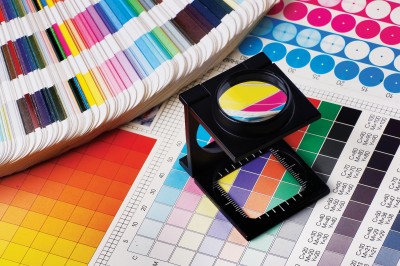Profiling for purpose
It is also worthwhile to move beyond default profiles by profiling media specifically for their purpose. Many PSPs use just one profile for a printing mode, regardless of the viewing distance required for the finished graphics. In many cases, operating this way wastes not only a tremendous amount of ink, but also a lot of printing time.
Profiling the same printing mode in different ways for different purposes will prove more cost-effective. In a high-quality printing mode, for example, which is typically slower and needs lots of ink, it is easy to end up overusing the ink. The output may look fantastic, but the same result could be achieved with about 20 per cent less ink. This is especially true when printing on coated media, which tend to soak up ink.
While most wide-format inkjet printers have the high-quality printing mode associated with the default ICC profile, signmakers can set up their own profiles for ‘speed’ and ‘economy’ modes to save ink, time and costs.
For speed printing mode, this would involve reducing the use of light inks, setting the GCR to Max K, reducing the print resolution in terms of dots-per-inch (dpi), choosing unidirectional printing and reducing the number of passes. This is the best mode to select for time-sensitive printing jobs involving graphics intended for long viewing distances.
For economy mode, regardless of how much ink the media can handle, the process involves arbitrarily reducing ink use—including both light and dark inks—by 20 per cent and following the same settings for speed mode. The results will often be indistinguishable.
Of course, these in-house techniques take a bit of practice, with consideration given to specific factors like printer temperature settings and different media characteristics. These are all colour management variables that can be controlled to a sign shop’s advantage, yielding new savings.
Also, there is no obligation to pass along the savings achieved through colour management techniques to customers in the final product price. That, as they say, is the bottom line!
Dean Derhak is a product director at SA International (SAi), which develops RIP software. For more information, contact him via e-mail at deand@thinksai.com.






